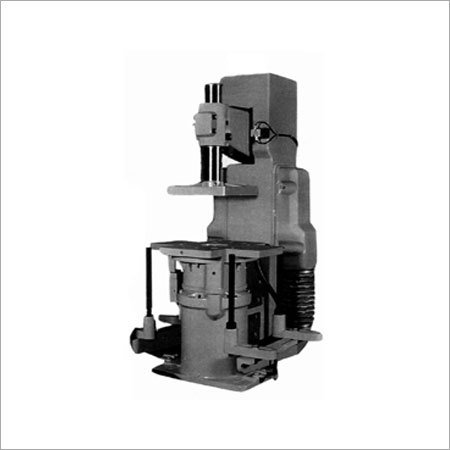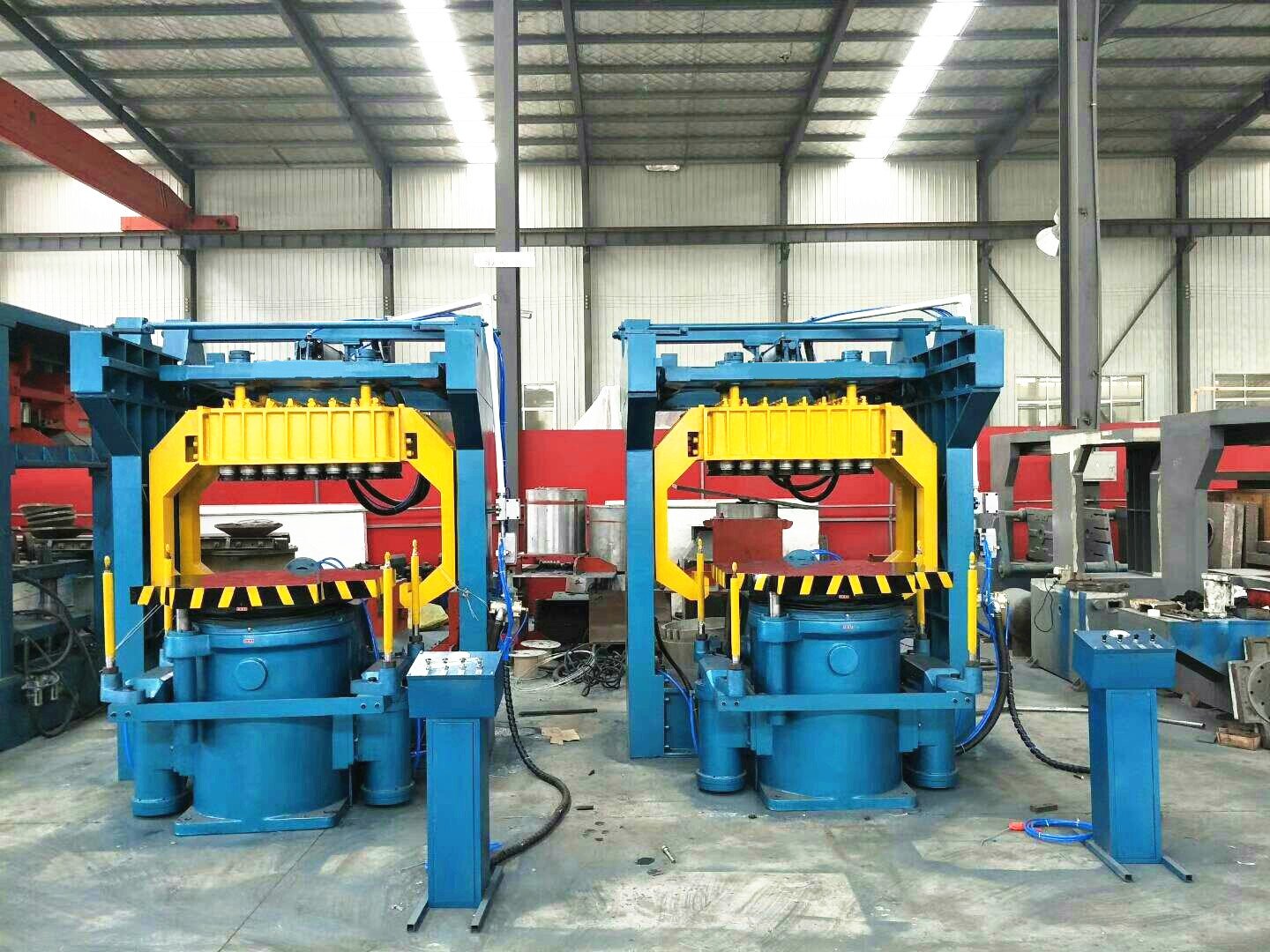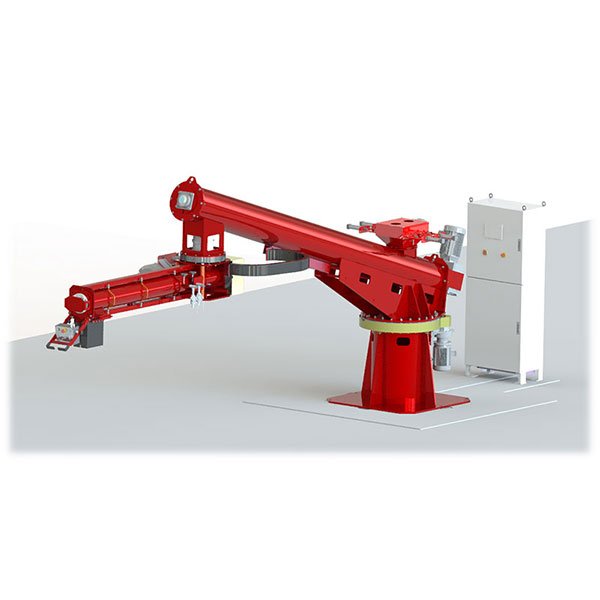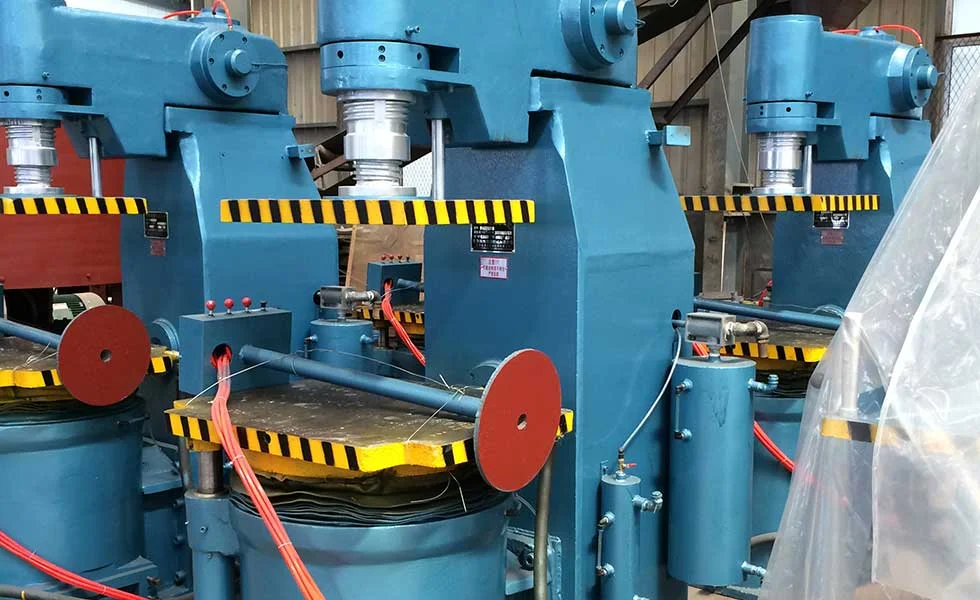
Buying the wrong shot blasting machine can lead to costly downtime, rejected parts, or endless maintenance headaches.
You need a machine that fits your wire specs, handles your volume, and integrates into your production flow—without compromising durability or compliance.
This checklist will walk you through the 10 most important things to check before making a final decision.
✅ Wire Rod Specifications Compatibility?
If your machine can't handle your wire size or material type, it won’t matter how fast or powerful it is.
Ensure the machine supports your full diameter range, coil length, and material types.
Dive Deeper
Every wire rod plant is different. I always start with a spec match:
| Checkpoint | Your Requirement | Machine Spec |
|---|---|---|
| Min–Max Diameter | e.g., 5.5–20 mm | ? |
| Material Type | Carbon / Stainless / Alloy | ? |
| Coil Type | Round / Flat / Custom length | ? |
Ask for a technical drawing showing how the machine supports your range. One of my clients ran into trouble when they bought a machine made for steel, but later introduced aluminum—causing excessive media breakdown and chamber wear.
Tip: Request demo videos using materials similar to yours.
✅ Production Volume & Throughput?

Even a high-performing machine fails if it can’t meet your production schedule.
Choose a system that aligns with your throughput—measured in tons/day or coils/hour.
Dive Deeper
For continuous production lines, I recommend tunnel-type machines that support non-stop flow. For smaller batches, a carousel or batch-type system might suffice.
| Metric | Example Target | Machine Must Support |
|---|---|---|
| Tons per Day | 20 tons | 2,500 kg/hr |
| Cycles per Hour | 12 coils/hr | 5-min cycles |
| Shift Pattern | 3 shifts/day | 24/7 availability |
I once visited a fastener factory where the wire blaster became a bottleneck—forcing workers to wait between coils. Don’t let that happen to you.
✅ Blasting Performance?
Blasting power isn’t just about raw force. Uniform coverage and controllability matter more.
Evaluate turbine power, coverage angle, and media velocity—not just the number of wheels.
Dive Deeper
| Blasting Feature | What to Check |
|---|---|
| Turbines | Number (usually 2–6), motor kW rating |
| Coverage | Angle and overlap to avoid dead zones |
| Shot Speed | Ideal range: 70–85 m/s |
| Pressure Control | Adjustable for wire diameter/material type |
Make sure the machine can be tuned. A customer blasting fine stainless wires needed gentler impact—but their fixed-speed machine over-blasted them, causing roughness.
✅ Abrasive Media Compatibility?

Using the wrong abrasive—or not recycling it properly—can destroy your finish and your costs.
Check for media type compatibility, separation system efficiency, and flow control precision.
Dive Deeper
Ask the manufacturer:
- Can I use steel grit, cut wire, or custom blends?
- Is the system equipped with vibratory sieves, air-wash separators, or magnetic drums?
- How accurate is the abrasive dosing system?
Some machines recycle media poorly, leading to contamination and frequent replacement. A well-tuned media system can cut abrasive costs by 20–30%.
✅ Automation & Control Features?
Manual operations cause inconsistency and downtime. Modern machines should run with minimal human error.
Look for PLCs, IoT connectivity, and real-time fault diagnostics.
Dive Deeper
| Control Feature | Why It Matters |
|---|---|
| Touch-screen PLC | Simple recipe management |
| Fault Alerts | Reduce unscheduled downtime |
| Integration with MES/ERP | Real-time performance tracking |
| Sensors | Detect wire presence, automate blasting zones |
I once worked with a Tier 1 auto supplier who needed MES integration. Their legacy system didn’t allow for traceability—until we installed a custom PLC with barcode scanning.
✅ Dust Collection & Environmental Compliance?
Dust buildup isn’t just messy—it’s hazardous. Poor filtration can shut down your line under inspection.
Choose systems with efficient filters, low noise ratings, and emissions compliance.
Dive Deeper
Key features include:
- HEPA or baghouse filters with >99% collection efficiency.
- Cyclone pre-separators to extend filter life.
- Sound insulation for turbine noise under 85 dB.
- Emission rating certificates for your local laws.
Some facilities I know had to retrofit new dust collectors post-installation—an expensive fix that can be avoided with proper planning.
✅ Durability & Wear Protection?

Your machine should survive years of punishment—without becoming a maintenance nightmare.
Check for reinforced linings, replaceable parts, and durable sealing systems.
Dive Deeper
| Area | Protection Feature |
|---|---|
| Chamber | Manganese steel, rubber lining, or composite plates |
| Bearings | Sealed, heat-resistant, long-life types |
| Access Points | Quick-open panels for faster part swaps |
| Blast Wheels | Balanced turbines to minimize vibration and bearing load |
One high-usage client reduced turbine bearing failure rates by 70% after switching to ceramic-sealed units.
Ask if the supplier includes a wear-parts forecast in their proposal.
✅ Space & Installation Requirements?
Great machine—but will it fit your space and power grid?
Measure footprint, foundation needs, and confirm support services before ordering.
Dive Deeper
Request a 2D or 3D machine layout drawing before signing off. Here’s what to check:
- Machine dimensions and service clearance
- Power supply requirements (voltage, amps)
- Ventilation or compressed air needs
- On-site install services (crane/lift support, alignment)
One client ordered a machine that couldn't clear the workshop ceiling. We had to redesign the dust collector position—adding two weeks to the timeline.
✅ Service, Support & Spare Parts?

A machine is only as good as the people behind it. Delayed spares or poor training can cripple your uptime.
Check support response times, spare parts availability, and technical documentation.
Dive Deeper
| Support Area | Must-Have Criteria |
|---|---|
| Tech Support | Remote + local (within 48h) |
| Spare Parts | Common parts in-stock regionally |
| Manuals | Clear, multilingual, illustrated |
| Training | Onsite + video/online modules |
I’ve seen plants stuck for weeks waiting for basic seals and belts. At Hi-Tech China, we ship 90% of spares within 72 hours.
Bonus: Ask if maintenance schedules are included digitally in the HMI system.
✅ Manufacturer Reputation & Customization Capability?
You’re not buying off-the-shelf—you’re buying a solution. Reputation, references, and engineering support matter.
Choose a manufacturer with a proven track record and willingness to tailor to your process.
Dive Deeper
What to ask:
- Do they have case studies for your industry?
- Can they provide client references in your region?
- How flexible are they in chamber layout, turbine angles, or control interfaces?
- What’s their after-sales SLA?
We once worked with a precision wire producer needing extremely smooth finishes. Our team tweaked the shot angle and media mix after on-site testing—something generic OEMs wouldn’t touch.
Red Flags to Watch Out For

Some mistakes are hard to undo. Here are signs you might be headed for trouble:
- 📉 Specs sound great—but no proof via test reports or reference clients
- 📦 Machines made for general use, not tailored for wire rod specifics
- 🧩 Missing service commitment or vague spare part support
- ❌ No layout drawings or integration planning support
I’ve seen machines arrive with no manuals, no install crew, and no way to connect to upstream lines. That’s not a supplier you want.
How to Finalize Your Choice
Narrowed down your options? Great. Now it’s time to validate your pick.
Run trials, compare total ownership cost, and involve your whole team.
Dive Deeper
Final checklist before placing your order:
- Trial Run: Ask for blasting tests with your actual wire samples.
- Factory Visit: Inspect their production process and QA.
- TCO Analysis: Compare energy use, spare cost, maintenance cycle.
- Team Buy-In: Include maintenance, production, and safety teams in the review.
When our clients visit Hi-Tech China, they often say, “We didn’t expect this level of transparency.” That’s exactly what you want before making a six-figure investment.
Conclusion: Make a Smart Investment
Choosing the right wire rod shot blasting machine isn’t just about specs—it’s about fit, service, and future-proofing your line.
👉 Ready to choose with confidence? Download our free wire rod machine inspection checklist or contact us for a tailored review







